
Become a member
Join today and help protect nature, beauty and history – for everyone, for ever. Enjoy access to more than 500 places with National Trust membership.
Explore a much-loved home, garden and estate filled with the stories of a family and their servants.
Erddig, Wrexham, LL13 0YT

| Asset | Opening time |
|---|---|
| House | 11:30 - 15:00 |
| Car park | 08:00 - 17:00 |
| Garden | 10:00 - 16:00 |
| Parkland | Dawn - Dusk |
| Restaurant | 10:00 - 16:00 |
| Shop | Closed |
| Natural play area | Closed |
In January and February, weekday entry to the house is by timed ticket only. See Ticket Office on arrival to book. | Please note we do not have an EV charger available. We apologise for any inconvenience.
| Ticket type | With Gift Aid | Without Gift Aid |
|---|---|---|
| Adult (18+) | £12.10 | £11.00 |
| Child (5-17) under 5s free | £6.10 | £5.50 |
| Family (2 Adults and up to 3 children) | £30.30 | £27.50 |
| Group (Adult 18+) | £9.50 | |
| Group (Child 5-17) | £4.75 |
| Ticket type | With Gift Aid | Without Gift Aid |
|---|---|---|
| Adult (18+) | £19.80 | £18.00 |
| Child (5-17) under 5s free | £9.90 | £9.00 |
| Family (2 Adults and up to 3 children) | £49.50 | £45.00 |
| Group (Adult 18+) | £17.10 | |
| Group (Child 5-17) | £8.55 |
Cycle parking is located outside the visitor welcome building. Additional cycle parking can be found in our main visitor car park.
Outdoor tours run daily in March to October and weekends only in November. Note: we rely on availability of volunteers, therefore tours may not run every day.
Parking for blue badge holders and drop-off point. Accessible toilets. Restaurant accessible via lift. Ground floor of house accessible. Wheelchairs available for loan.
We have a lift which provides access to Hayloft Restaurant in which there is level access.
There is a level access in the Ticket Office, shop and largely throughout the garden, with the exception of two small sets of steps. There are cobbles within the Midden Yard and Stables Courtyard. Inside the house there are four floors, however only the lower ground floor is fully accessible with level stone floors.
To protect our collection, we kindly ask that all backpacks and larger bags be stored in our lockers, located in the stables.
We have two personal mobility vehicles available. Booking in advance is required. Please call the Ticket Office at 01978 355314 to reserve.
Car park - what3words: ///mingles.slang.combines
Erddig is a two pawprint rated place. Erddig offers plenty of opportunities for bounding, jumping, sniffing and splashing for dogs. Find out about our off-lead zone and restricted access which might affect your plans.

Everything you need to know about booking a group visit to the house, garden and parkland.

Erddig Hall, a late 17th-century country house saved from dereliction in the 1970s.
Restored formal 18th-century Grade I listed walled garden with dutch influence.
Rare survivors of the working estate which includes unique and historic Joiners' Workshop, Smithy, Sawmill and Stables.
1,200 acre estate of beautiful meadows, lakes, ponds, rivers, veteran trees and woodland and home to a range of habitats. The parkland is open and free to access with a number of waymarked walks for all to enjoy.
Large, wooded play area, nestled in Big Wood with rope swing, stepping logs and den-building area.
Hayloft Restaurant serves hot and cold food and drink, ice creams, cakes, and afternoon tea to sit in or take away. Our parlour and tea garden are open during peak periods.
Browse unique gifts, homeware, accessories and toys, as well as local products and plants. Our second-hand bookshop is stocked full of pre-loved books.
Keep everyone entertained with a fun family day out at Erddig, with acres of parkland, a frosty garden and seasonal activities.
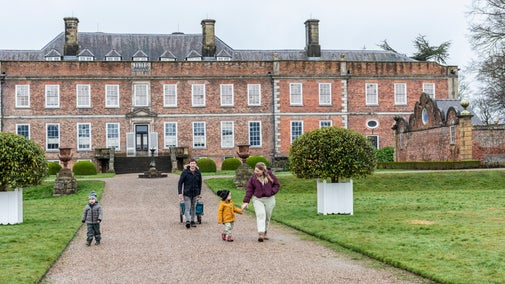
From daffodils in spring to 180 apple varieties in autumn, find out about this 18th-century walled garden and its seasonal activities and highlights.

Saved from ruin, Erddig is a rare survivor teeming with treasures. From servants’ portraits to fine furnishings, discover the top things to see and do when you visit the house.

Discover the top things to see and do when you visit the parkland. From meandering rivers and an 18th-century water feature to the dramatic escarpment leading to Wat’s Dyke.
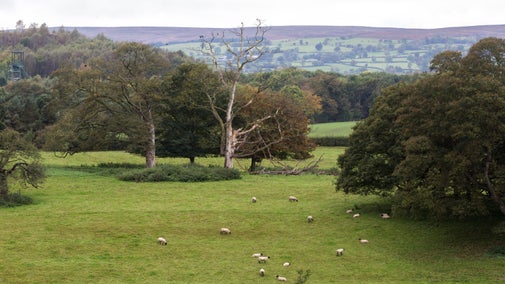
Explore a gentle stroll around the parkland at Erddig on this circular walk. Wander through woodland and discover the ancient remains of a Norman motte and bailey castle as you join the historic and mysterious Wat’s Dyke way.

A circular waymarked walk around Erddig's estate, along the River Clywedog, past an 18th-century water feature, castle remains and historic defensive earthworks.

Enjoy a waymarked trail through Erddig's 1,200-acre estate in Wrexham, taking you past the historic Cup and Saucer water feature.

Enjoy the eastern reaches of Erddig's 1,200-acre estate in Wrexham on a waymarked trail through two woods.

Free outdoor activities to help you make the most of the garden and parkland, from Nordic walking to weekly parkruns.
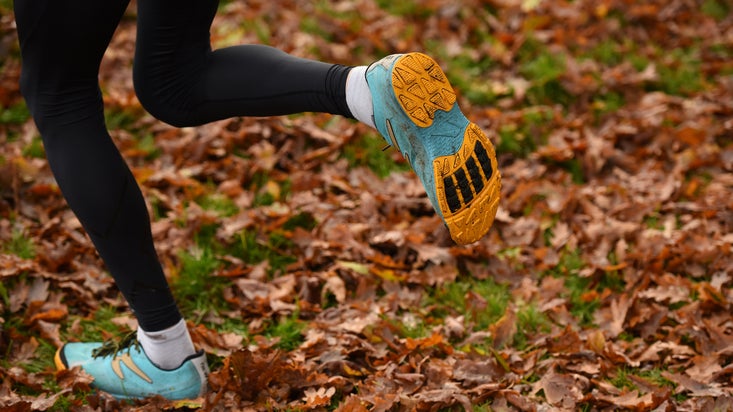
Check out the places to eat and shop at Erddig. Most are set within historic outbuildings and every purchase helps us to look after Erddig for future generations to enjoy.
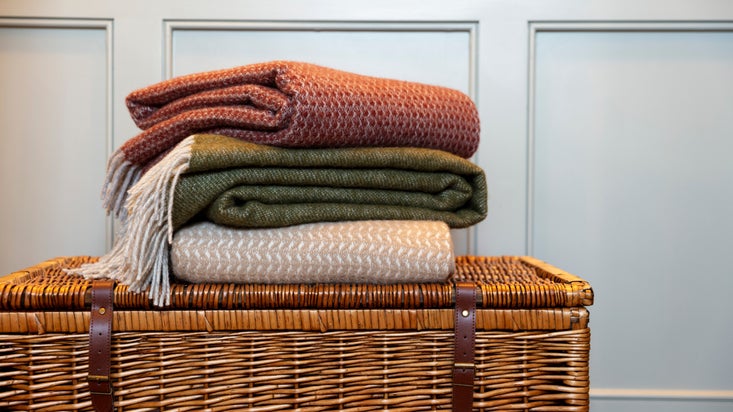

At the top of Offa’s Dyke this 1930s villa is in a great spot for exploring nearby Chirk Castle.

Explore the grounds of a 700 year-old castle when you stay in this traditional Welsh cottage.

Close to Chirk Castle with walking trails all around, this pretty stone cottage has an enclosed garden.
Sorry, there are no upcoming events at this place
Sitting on a dramatic escarpment above the winding Clywedog river, Erddig tells the 250-year story of a gentry family’s relationship with its servants.
A large collection of servants’ portraits and carefully preserved rooms capture their lives in the early 20th century, while upstairs is a treasure trove of fine furniture, textiles and wallpapers. Outdoors lies a fully restored 18th-century garden, with trained fruit trees, exuberant annual herbaceous borders, avenues of pleached limes, formal hedges and a nationally important collection of ivies.
The 486-hectare (1,200-acre) landscape pleasure park, designed by William Emes, is a haven of peace and natural beauty, perfect for riverside picnics. Discover the ‘cup and saucer’ cylindrical cascade or explore the earthworks of a Norman motte-and-bailey castle. A walk through the estate spans the earliest origins of Wrexham to the technology of an 18th-century designed landscape. All around, tenant farmers continue the work of generations.
Erddig is a place where old memories are found and new memories are made. 'Where fragrance, peace and beauty reign, Farewell! But welcome here again.' - Philip Yorke II
Find out about the High Sheriff who lived beyond his means when he built Erddig, the rich London lawyer who extended and redecorated it and 240 years of the Yorke family.
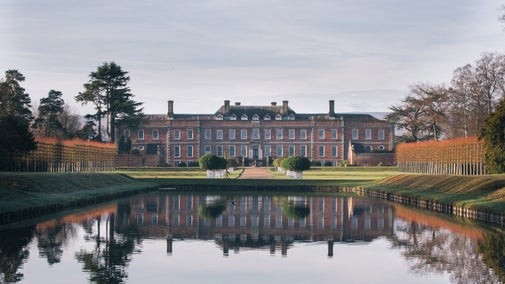
Why did the Yorkes remember their staff in pictures and poems? Discover a day in the servants’ lives at Erddig and learn why a housekeeper ended up in court.

Discover how Head Gardener Mike Snowden uncovered and restored the former glory of Erddig’s garden, by consulting plans and reading clues in the land.

Erddig’s State Bed was once a place reserved for the home’s most privileged guests. Erddig’s restoration and conservation project provides visitors the rare opportunity to see its exquisite detail, that only those lucky enough to sleep in the bed would have experienced.
Erddig has the one of the largest collections of items within the entire National Trust. With a total of 30,000 to care for, it's no mean feat for the house team of conservators and volunteers. We’re an accredited museum too.

We know that access to nature and the great outdoors has a positive impact of people’s wellbeing and mental health, and we're passionate about creating opportunities and experiences that help everyone in our local community benefit from everything the Erddig estate has to offer.
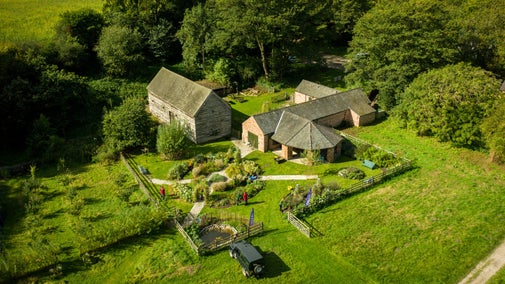
Find out why keeping Erddig in the dark is one of the most important ways to protect the rooms and furnishings.

We're proud to be the location of one of Wales’ three new commemorative woodlands that stands as living memorials to those who have sadly lost their lives during the Covid-19 Pandemic.
From the historic house to the 18th-century walled gardens and parkland, there’s a wide range of volunteer roles in Erddig’s friendly team.

A new Mindful Meadow has opened in Wrexham, North Wales, offering a peaceful, free-to-access green space designed to enhance wellbeing and support local wildlife
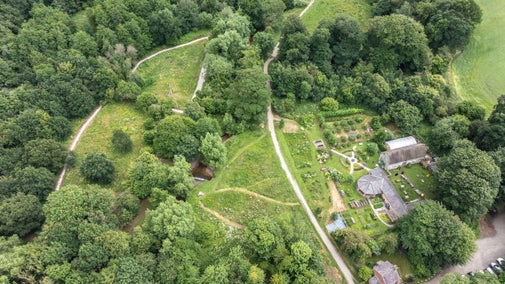
National Trust Cymru has opened one of Wales’ new commemorative woodlands in North Wales. Hafod y Bwch Commemorative Woodland, located on the Erddig estate in Wrexham, is a living memorial to those who lost their lives to Covid-19 and acts as a symbol of Wales’ resilience during the pandemic.

A rare cover from a 300-year-old bed has gone on public display at National Trust Cymru’s Erddig Hall and Garden in Wrexham following conservation and research which has revealed previously unknown details about its history, make-up and the wartime needlework that saved it from ruin.
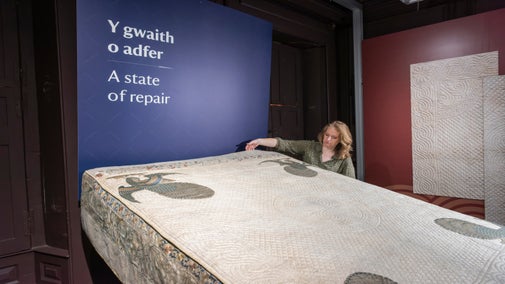
For nearly 200 years, the cherished household staff and servants at Erddig near Wrexham were recorded in a unique collection of portraits, photographs and verses. Now, for the first time in more than a century, a new portrait is temporarily joining the historic display to mark the retirement of the estate’s long-serving Head Gardener.

The annual task of pleaching a 168 lime trees at Erddig, North Wales is underway and estimated to take a total of 65,000 snips for a small team of staff and volunteers to complete, ready for them to burst into leaf by mid-May.

National Trust Cymru have shared the final design of one of Wales’ new commemorative woodlands at Erddig near Wrexham. People are being invited to help plant trees at the woodland which will be a living memorial to those who have sadly lost their lives during the Covid-19 Pandemic.

His Majesty The King visited Erddig in Wrexham today, along with the First Minister of Wales, Mark Drakeford, to plant a rare oak sapling in memory of his mother, Queen Elizabeth II.


Join today and help protect nature, beauty and history – for everyone, for ever. Enjoy access to more than 500 places with National Trust membership.
By sharing your email address you’re agreeing to receive marketing emails from the National Trust and confirm you’re 18 years old or over. Please see our for more information on how we look after your personal data.